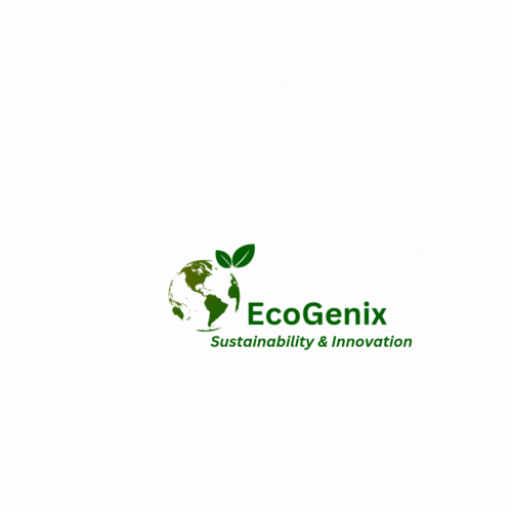Introduction:
Sustainable Development Goal 13 (SDG 13), “Climate Action,” stands as a global commitment to addressing the urgent challenges posed by climate change. With its overarching objective of mitigating and adapting to climate change impacts, SDG 13 emphasizes the need for immediate and collaborative action to ensure a sustainable future for both present and future generations.
Understanding SDG 13 – Climate Action:
Climate change is a complex and pressing issue caused primarily by human activities, particularly the emission of greenhouse gases such as carbon dioxide and methane. These emissions lead to rising global temperatures, melting glaciers, sea-level rise, extreme weather events, and other adverse impacts on ecosystems and societies. SDG 13 recognizes that tackling climate change is critical to achieving sustainable development and aims to integrate climate actions into policy frameworks, strategies, and initiatives at all levels.
How SDG 13 Can be Achieved:
Achieving SDG 13 requires a multi-faceted approach involving policy, technology, behavior change, and international cooperation. Key strategies include:
Mitigation: Reducing greenhouse gas emissions through renewable energy adoption, energy efficiency improvements, afforestation, and sustainable transportation.
Adaptation: Enhancing resilience to climate impacts by investing in climate-resilient infrastructure, disaster preparedness, and sustainable land use practices.
Capacity Building: Empowering communities and governments with knowledge, resources, and technologies to implement practical climate actions.
International Cooperation: Collaboration among nations to establish emission reduction targets, share best practices, and financially support vulnerable countries.
Integration with Other SDGs:
SDG 13 is intricately linked with other Sustainable Development Goals, creating a holistic approach to addressing global challenges. For example:
- SDG 7 (Affordable and Clean Energy): Transitioning to clean and renewable energy sources can mitigate climate change while providing accessible energy to all.
- SDG 11 (Sustainable Cities and Communities): Climate-resilient urban planning can reduce vulnerability to climate impacts in densely populated areas.
- SDG 15 (Life on Land) and SDG 14 (Life Below Water): Climate actions can contribute to the conservation of terrestrial and marine ecosystems, protecting biodiversity.
Targets, Rationale, and Geographical Scope:
The target audience for SDG 13 includes governments, businesses, civil society, and individuals. The rationale lies in the recognition that climate change affects all aspects of culture, including health, economy, security, and human rights. Geographically, SDG 13 is global in scope, with a particular focus on vulnerable regions, including low-lying coastal areas and developing countries disproportionately affected by climate impacts.
Current Status and Measures Implemented Worldwide:
Countries across the globe have undertaken various measures to address climate change. Notable examples include:
Renewable Energy Adoption: Countries like Germany and Denmark have made significant strides in transitioning to renewable energy sources, reducing their carbon footprints.
Afforestation Initiatives: India’s “Green India Mission” aims to increase forest cover, contributing to carbon sequestration and biodiversity conservation.
Sustainable Transportation: The Netherlands promotes cycling and electric vehicles to reduce emissions and alleviate traffic congestion.
Climate Resilience: Bangladesh has implemented early warning systems and cyclone shelters to protect its vulnerable population from climate-related disasters.
Benefits, Concerns, and Solutions:Benefits:
- Improved Air Quality: Reducing fossil fuel dependency results in cleaner air and improved public health.
- Job Creation: Renewable energy and sustainable practices generate employment opportunities.
- Economic Resilience: Adapting to climate change enhances long-term economic stability.
- Biodiversity Conservation: Climate actions contribute to safeguarding ecosystems and wildlife.
Concerns:
- Equity: Vulnerable populations often face disproportionate impacts, exacerbating existing inequalities.
- Finance: Funding climate actions, especially in developing nations, remains a challenge.
- Policy Fragmentation: Inconsistent policies hinder cohesive global action.
Solutions:
- Inclusive Policies: Policies must prioritize vulnerable populations and ensure equitable benefits.
- Climate Finance: Developed countries should fulfill commitments to financially support climate adaptation and mitigation efforts in developing nations.
- Education and Awareness: Raising public awareness fosters support for climate actions and behavior change.
Conclusion:
SDG 13, “Climate Action,” encapsulates the urgency and complexity of addressing climate change while fostering sustainable development. By integrating climate actions into various sectors, collaborating internationally, and embracing innovative solutions, the global community can work together to secure a resilient and prosperous future for generations to come. The journey toward achieving SDG 13 is challenging, yet the potential benefits make it a vital endeavor that demands immediate attention and unwavering commitment.
ARTICLE BY: WAYNE TOTA
Food Security and Climate Change
waynetota9@gmail.com
0601133196239
Visit for more articles:
https://sites.google.com/view/foodsecure-sustain-agriclimate/home.

Leave a Reply